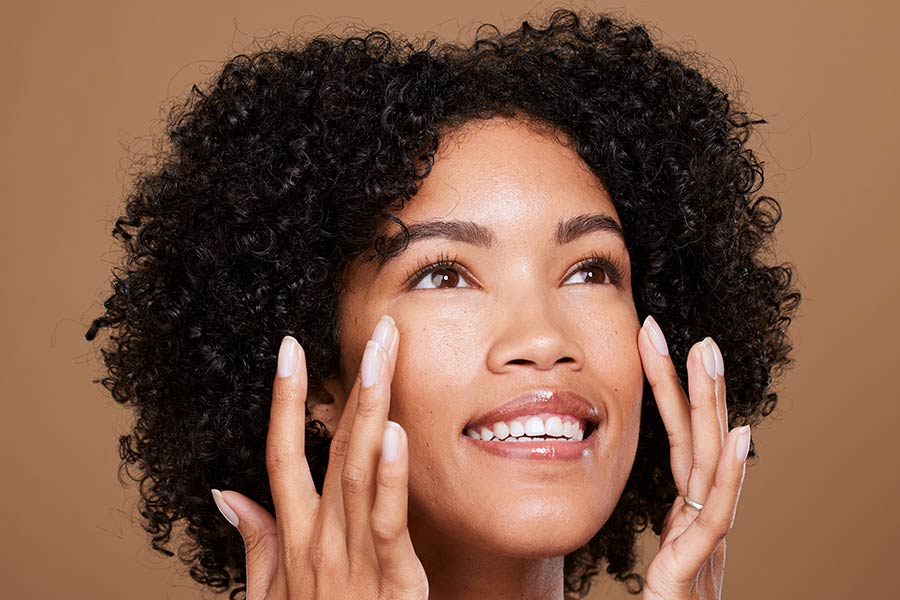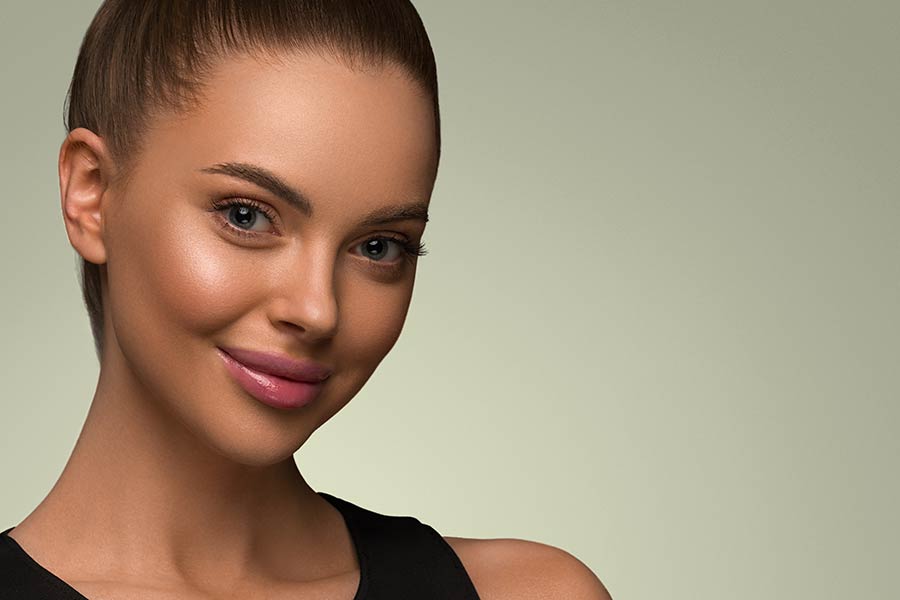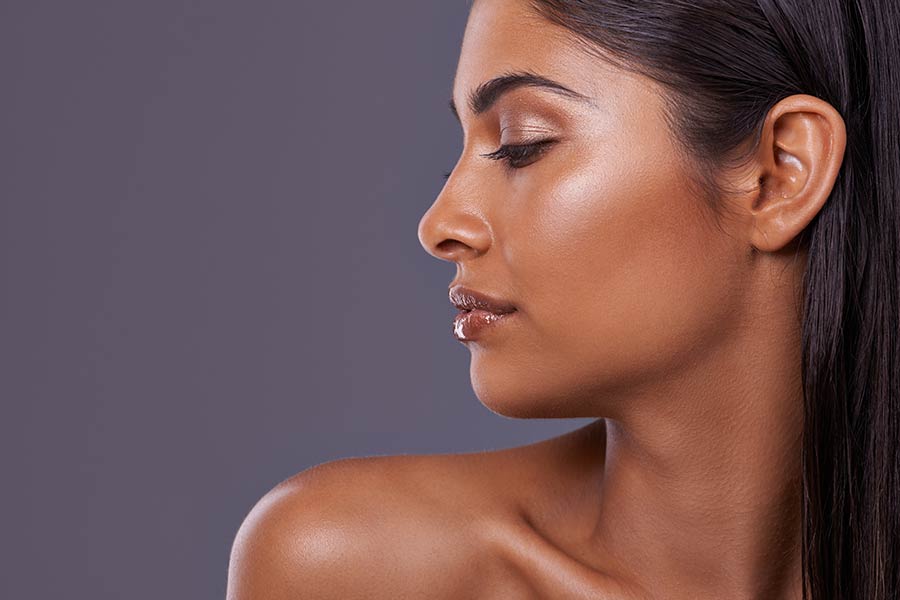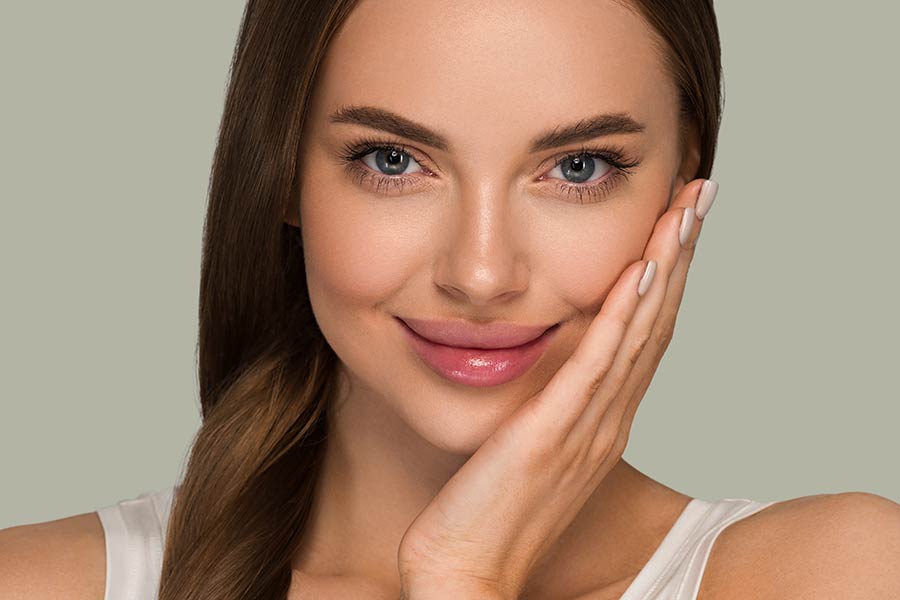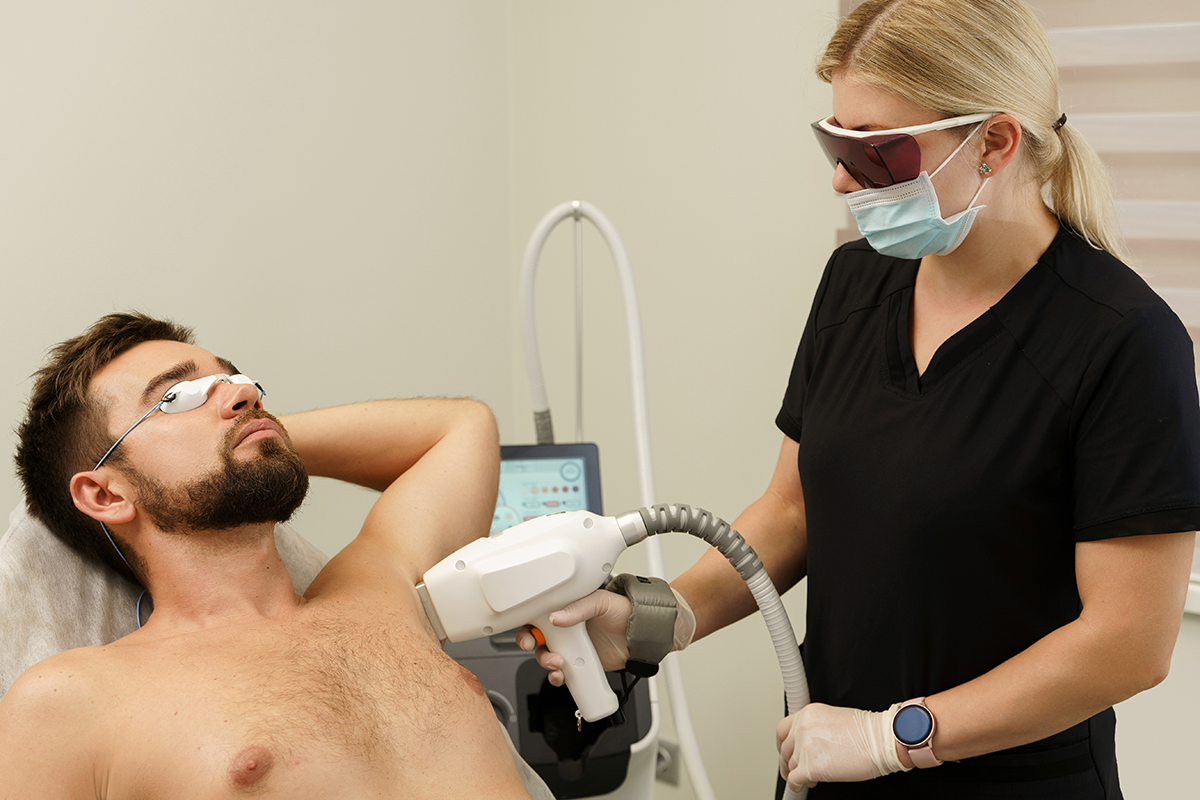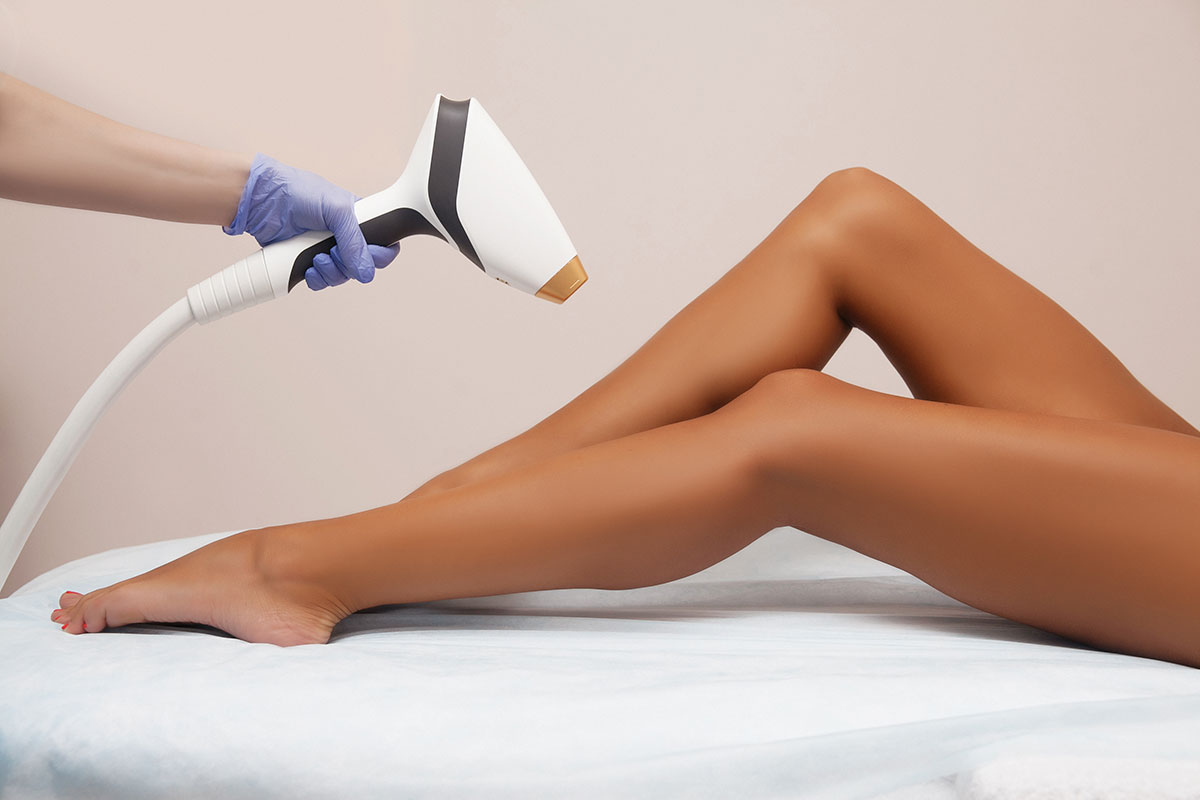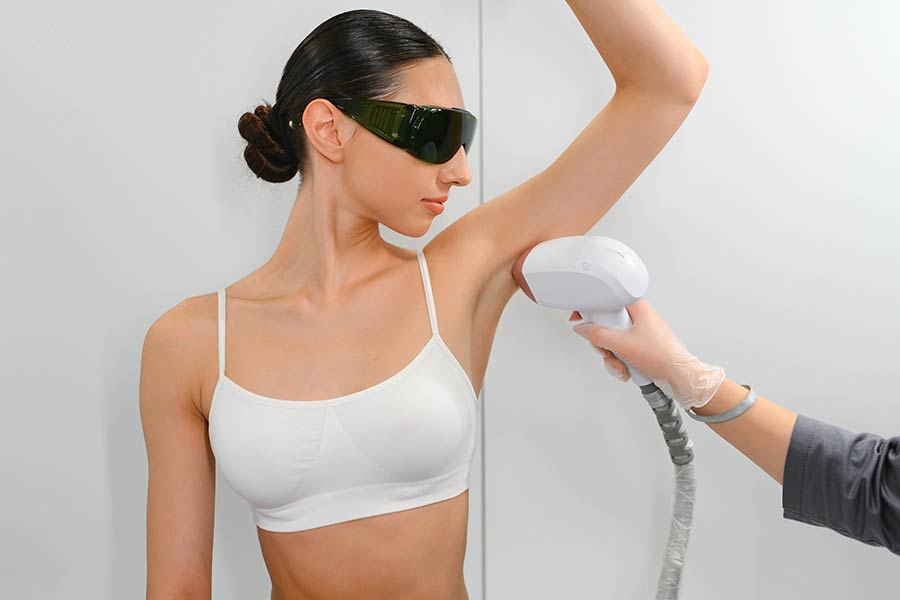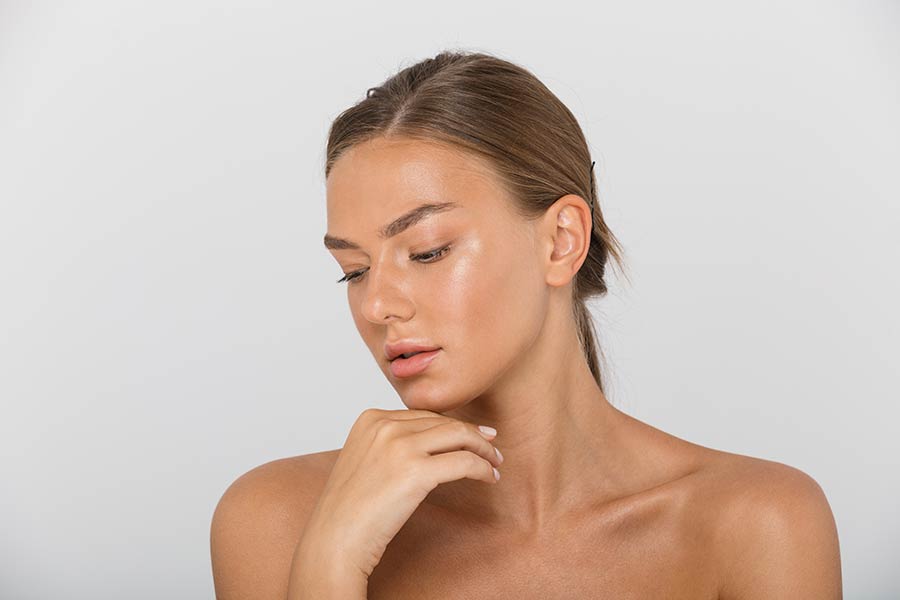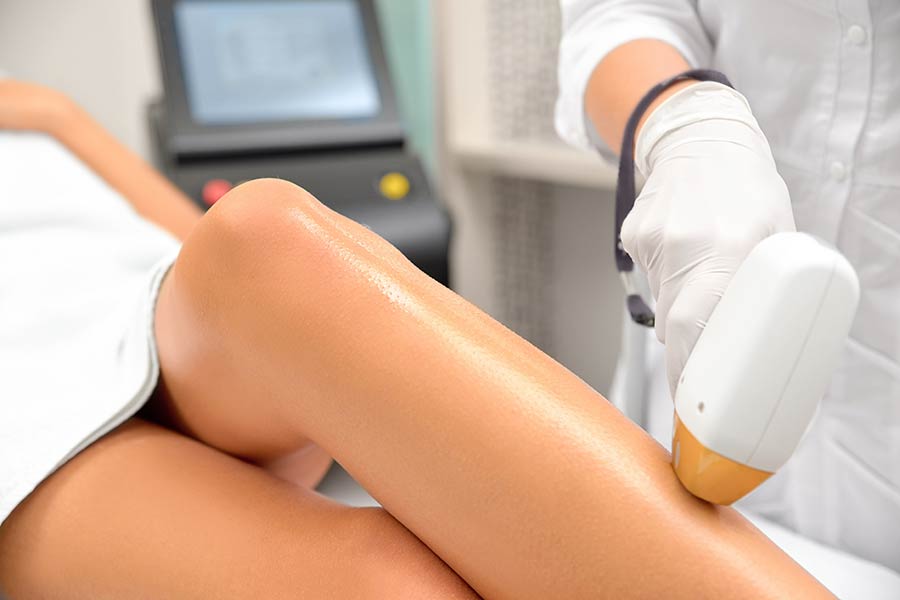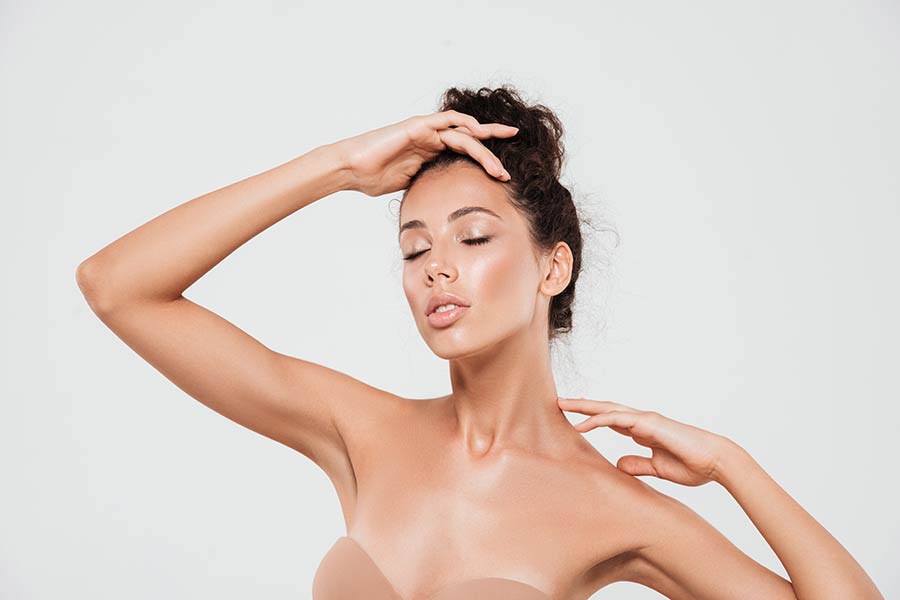Ever wondered why celebrities have that perfect cheekbone definition? It's not all genetics—dermal fillers in cheeks play a huge role. This beauty secret, once exclusive to the rich and famous, is now available to anyone looking to enhance their facial contours without going under the knife. Dermal fillers offer a quick, relatively painless solution for adding volume, lifting cheeks, and achieving that sought-after youthful glow. With immediate results and minimal downtime, it's no wonder more people are choosing this non-surgical option. But what exactly are dermal fillers? How do they work, and are they safe? Let’s dive into the world of cosmetic enhancement and uncover the benefits and considerations of getting dermal fillers in your cheeks.
Key Takeaways
- Dermal fillers can enhance cheek volume and contour, offering a more youthful appearance.
- Before getting cheek fillers, it's crucial to consult with a qualified professional to understand the risks and benefits.
- The procedure is relatively quick, but knowing what it entails can help manage expectations.
- Proper care after the procedure is essential for healing and achieving the best results.
- There are alternatives to dermal fillers if you're looking for other options to improve cheek appearance.
- Making an informed decision about cheek fillers means weighing the benefits, potential risks, and considering personal cosmetic goals.
Understanding Dermal Fillers
Filler Basics
Dermal fillers are gel-like substances injected beneath the skin. They aim to enhance facial contours, restore lost volume, and decrease wrinkles. Most fillers provide a temporary solution for aging signs, making them a safe choice for cosmetic enhancement.
The safety of these fillers is paramount. They have gone through rigorous testing and approval processes. Their effects are not permanent, offering flexibility in aesthetic decisions. The general benefits include improved facial balance, reduced lines, and a more youthful appearance without surgery.
Types of Fillers
Several types of fillers cater to different needs. Hyaluronic acid (HA) and calcium hydroxylapatite are among the most popular. HA is known for its hydrating properties, ideal for adding volume and smoothing wrinkles. Calcium hydroxylapatite works well for deeper lines and facial contouring.
Each filler type targets specific concerns. For instance, poly-L-lactic acid focuses on stimulating collagen production over time, addressing volume loss. The longevity of results varies, with some fillers lasting up to 18 months or longer before re-treatment is needed.
How Fillers Work
Fillers primarily work by stimulating collagen production in the skin. This process helps in restoring the skin’s inner structure and volume lost due to aging.
When injected, fillers add immediate volume and can smooth out skin folds. Unlike Botox, which relaxes muscle activity to reduce wrinkles, fillers fill in the space under the skin. This difference makes them complementary treatments rather than interchangeable options.
Benefits of Cheek Fillers
Enhanced Symmetry
Cheek fillers offer a unique solution to asymmetrical cheeks. They allow for customized placement, ensuring a balanced facial appearance. Professionals play a crucial role here. Their expertise in assessing facial structures enables them to enhance symmetry effectively. This targeted approach ensures that each side of the face complements the other, creating a harmonious look.
Restored Volume
As we age, our cheeks lose volume, leading to a sunken appearance. Cheek fillers combat this issue head-on. They provide immediate plumping effects that restore youthful contours to the face. The results are not only instant but also natural-looking. Choosing the right type of filler is key here. It ensures the enhancements blend seamlessly with your facial structure.
Aging leads to noticeable changes in our facial structure, particularly in the cheek area. This loss of volume can make us look older than we feel. However, cheek fillers offer a ray of hope. By injecting fillers into targeted areas, professionals can replenish lost volume, giving the cheeks a fuller, more youthful appearance.
Youthful Appearance
Fillers do more than just add volume; they smooth out lines and wrinkles too. This dual action helps create a younger-looking facade. There's also a psychological perk—increased confidence. Knowing you look good can boost how you feel about yourself.
The beauty of cheek fillers lies in their ability to offer these benefits without surgery. This non-invasive method provides significant anti-aging effects with minimal downtime.
Pre-Procedure Considerations
Choosing a Professional
Finding the right practitioner for dermal fillers in cheeks is crucial. It's important to select someone who is not only licensed but also has a wealth of experience with cheek fillers. This ensures they understand facial anatomy deeply and can deliver the desired aesthetic results safely.
Consulting with multiple professionals is advisable. This approach allows patients to compare expertise, customer service, and pricing. Each practitioner has their own technique and approach, so finding one that aligns with your expectations is key.
Reviewing before-and-after photos of previous patients provides insight into a practitioner's skill level. These photos can demonstrate the professional's ability to achieve natural-looking results. They also help set realistic expectations for what can be achieved with dermal fillers in the cheeks.
Understanding Side Effects
Common side effects include swelling and bruising, which typically subside within a few days to a week. It's normal to experience some discomfort immediately after the procedure, but this should diminish fairly quickly.
Severe complications are rare when the procedure is performed by qualified professionals. However, it’s critical to choose an experienced injector to minimize risks.
Patients should seek medical attention if they experience unusual side effects. Signs of infection or allergic reactions require prompt assessment by a healthcare provider.
Procedure Expectations
During the consultation, expect a thorough evaluation of your facial structure. The professional will discuss your aesthetic goals and how cheek fillers can help achieve them. This process ensures that both patient and practitioner are aligned on the expected outcomes.
The procedure itself is quick, often taking less than an hour, and does not require general anesthesia. Patients usually feel minimal discomfort thanks to topical anesthetics applied beforehand.
Setting realistic expectations for results is important. While improvements are often noticeable immediately, final results may take a few weeks as swelling subsides. Recovery time is minimal, allowing most patients to return to their daily activities shortly after the procedure.
The Procedure Explained
Steps Before Treatment
Before getting dermal fillers in your cheeks, it's important to prepare properly. This starts with avoiding certain medications and supplements known to increase bruising. These include aspirin, ibuprofen, and vitamin E. It's best to stop these at least a week before the treatment.
During the consultation, don't hesitate to ask questions. Inquire about the filler material, the expected results, and how to care for your skin afterward. This is also the time to discuss any allergies or medical conditions that might affect the procedure.
A good skincare regimen is key before getting fillers. Use gentle cleansers and moisturizers to keep your skin hydrated and in top condition. This helps ensure better results from the treatment.
During the Procedure
To minimize discomfort during dermal filler injections, a topical numbing cream is applied first. This makes the process more comfortable. The actual injection uses fine needles or cannulas, which are thin tubes.
The procedure doesn't take long – usually about 30 minutes. You'll be awake the whole time and can go home right after. This quick turnaround is one of the reasons why fillers are so popular for enhancing cheek volume.
Immediate Aftercare
After receiving cheek fillers, applying ice can help reduce swelling and bruising. It’s crucial not to apply too much pressure; gently rest an ice pack against your cheeks instead.
Avoid strenuous activities for at least 24 hours after the procedure. Also, stay out of direct sunlight as much as possible during this time. Both can increase swelling or lead to other complications.
Sleeping with your head elevated can also minimize swelling effectively. Use a couple of pillows under your head when you go to bed for the first few nights post-treatment.
Post-Procedure Care
Extending Filler Life
To maximize the lifespan of dermal fillers in cheeks, certain lifestyle choices are crucial. Avoiding smoking and applying sunscreen daily can significantly protect the filler's integrity. These actions fend off premature aging and filler degradation.
Skincare routines play a pivotal role too. Use products rich in hyaluronic acid and vitamin C. They help maintain skin hydration and collagen production, supporting the filler's volume.
Regular follow-up treatments are advisable for sustaining desired effects. They ensure the filler maintains its shape and volume over time. Discussing a schedule with a healthcare provider is key to this maintenance strategy.
Managing Side Effects
After getting fillers, some side effects like swelling or bruising may occur. Applying cold compresses gently can reduce swelling effectively. It's a simple yet effective home remedy.
For discomfort, over-the-counter pain relievers are helpful. However, always consult with your healthcare provider before taking any medication post-procedure.
If side effects persist beyond a week, it’s important to contact a healthcare provider. They can offer guidance or treatment if necessary to ensure safety and comfort.
Follow-up Visits
Follow-up visits are essential for assessing the results of cheek fillers accurately. They provide an opportunity to adjust the filler amount if needed for optimal results.
The timing of these appointments depends on the type of filler used. Generally, they occur a few weeks after the initial procedure. This allows for any swelling to subside fully and gives a clear view of the filler’s effect.
During these visits, discussing further enhancements is possible too. It opens up avenues for achieving even better facial harmony and aesthetics.
Alternatives to Fillers
Facial Fat Grafting
Facial fat grafting offers a natural alternative to synthetic fillers. This method uses a person's own fat, harvested from their body, to enhance facial volume. The process begins with liposuction, where fat is taken from areas like the abdomen or thighs.
The harvested fat is then prepared and injected into the cheeks. This technique not only fills in hollow areas but also integrates with the body's tissues. As a result, it feels more natural than synthetic options.
Facial fat grafting lasts longer than most synthetic fillers. Many patients find this appealing because it reduces the need for frequent touch-ups.
Other Non-Invasive Options
Besides facial fat grafting, there are other non-invasive treatments that improve skin texture and tone. These include:
- Microdermabrasion: This gently exfoliates the skin, removing dead cells and promoting new cell growth.
- Chemical peels: These treatments use safe chemical solutions to refresh the skin surface.
Both options can complement dermal fillers by enhancing overall skin quality. They make the skin smoother and more radiant. Combining these treatments can lead to comprehensive facial rejuvenation.
After getting fillers or considering alternatives, maintaining healthy skin is crucial. Practices like good skincare and sun protection help prolong treatment results.
Making the Decision
Evaluating Benefits
Cheek fillers offer more than just a youthful appearance. They can boost self-confidence significantly. The minimal downtime and non-surgical nature are huge pluses for many. People can resume their daily activities almost immediately.
The customization aspect of cheek fillers is another advantage. Specialists can tailor the treatment to meet individual aesthetic goals. This flexibility ensures that patients achieve their desired look without compromising natural facial expressions.
Considering Costs
The cost of cheek filler treatments varies widely, typically ranging from $600 to $1,000 per syringe. Several factors influence this cost. The type of filler used and the professional's experience play significant roles.
It's essential to weigh the cost against the benefits, especially when considering temporary vs. longer-lasting fillers. Longer-lasting options might seem more expensive upfront but could offer better value over time.
Consulting with Experts
A thorough consultation with a qualified expert is crucial before proceeding with cheek fillers. This meeting is an opportunity to discuss goals, expectations, and potential risks. It's wise to prepare a list of questions and concerns in advance.
Seeking opinions from multiple experts helps ensure a well-informed decision. Each professional may offer unique insights or suggestions, contributing to a more comprehensive understanding of what to expect.
Closing Thoughts
Dermal fillers in the cheeks can be a game-changer for your look and confidence. You've learned about their benefits, what to consider before diving in, the procedure itself, and how to care for your skin afterward. Plus, you know there are alternatives if fillers aren't your cup of tea. The decision to enhance your cheeks with fillers is significant but armed with this info, you're ready to make an informed choice. Trust in the expertise of professionals and remember, it's all about feeling great in your skin.
Ready to take the next step? Reach out to a certified dermatologist or cosmetic surgeon to discuss your options. Your journey towards a refreshed and radiant look starts now. Let's embrace confidence together!
Frequently Asked Questions
What are dermal fillers and how do they work?
Dermal fillers are injectable substances used to add volume and smooth out wrinkles. They work by filling in the area under the skin, making cheeks appear fuller and more youthful.
What benefits can I expect from cheek fillers?
Cheek fillers can enhance facial contours, restore lost volume, and improve symmetry. They offer a non-surgical solution for a rejuvenated appearance.
What should I consider before getting cheek fillers?
Consider your overall health, skin condition, and cosmetic goals. Discussing these with a qualified professional ensures the procedure aligns with your expectations.
Can you explain the cheek filler procedure?
The procedure involves injecting a gel-like substance into targeted areas of the cheeks. It's minimally invasive, typically completed within 30 minutes to an hour.
How should I care for my cheeks after getting fillers?
Avoid strenuous activities and direct sunlight for 24-48 hours. Follow any personalized aftercare instructions provided by your practitioner to ensure optimal results.
Are there alternatives to cheek fillers?
Yes, alternatives include fat grafting, cheek implants, and topical treatments. Each option has its own set of benefits and considerations.
How do I decide if cheek fillers are right for me?
Assess your aesthetic goals, research thoroughly, and consult with a certified professional who can provide personalized advice based on your needs and medical history.

